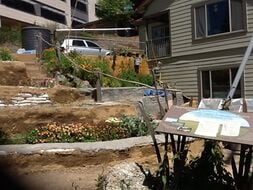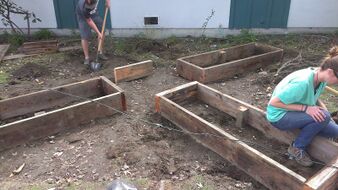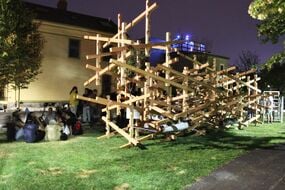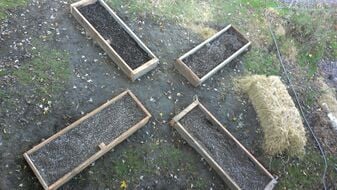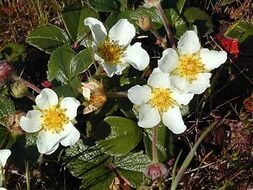
Community gardens are shared spaces for growing food. Typically each member has a plot in which to grow their own food.
As we teach ourselves and each other how to grow food, we build community and resilience, and eat better.
Sometimes, some gardeners specialize in growing the plants that they know well, and trade with other members. This is especially practical where people from different ethnic groups share a garden, as they often have completely different skills and knowledge.[1] In this way diversity is valued as an asset and bonds of social capital are created within the local community.
Community gardens are especially useful for apartment dwellers, and others without much of their own space to grow food.
For the "how to", see How to start a community garden.
Growing and sharing seed[edit | edit source]
Members of each community can help each other out by letting their plants produce viable (ripened) seed of different plants and then sharing this seed. Another possibility is sharing small plants or even attaining small plants from plant nurseries supported by the community.
References[edit | edit source]
There are a growing number in Sydney: www.CityofSydney.nsw.gov.au
